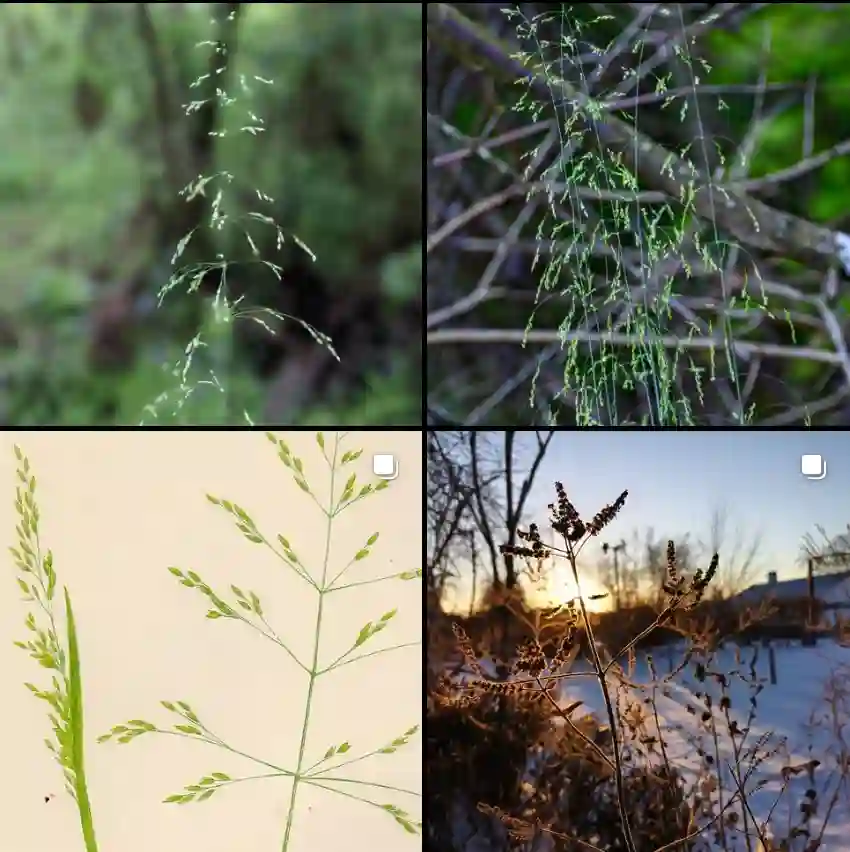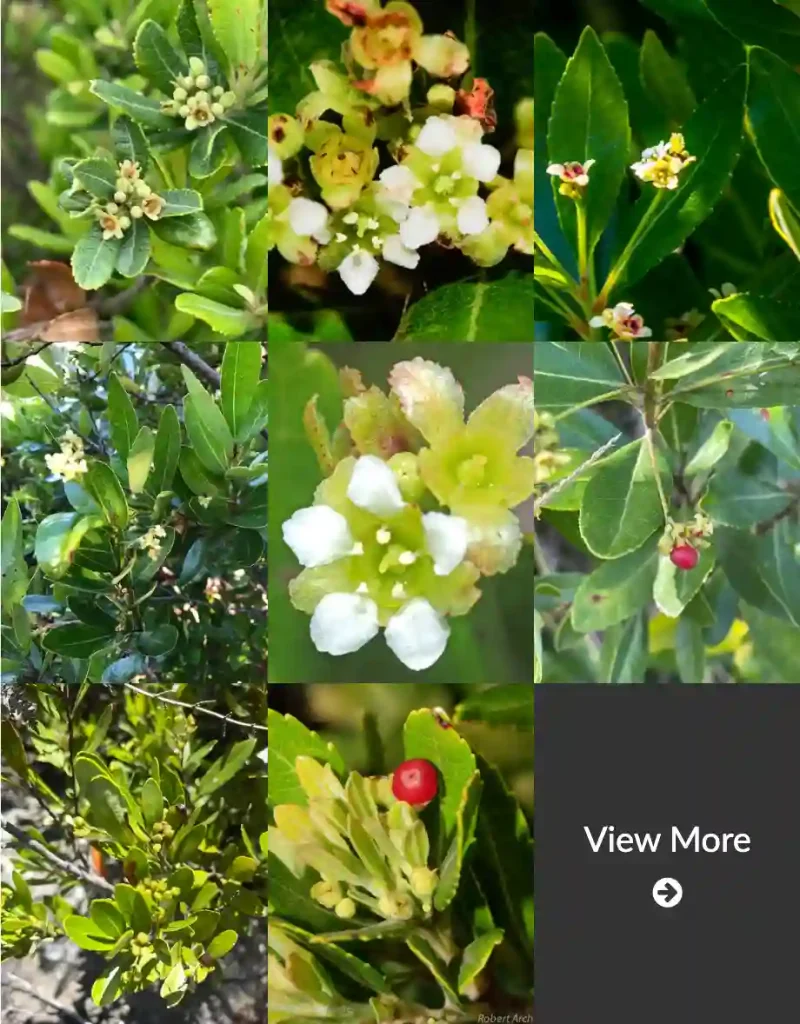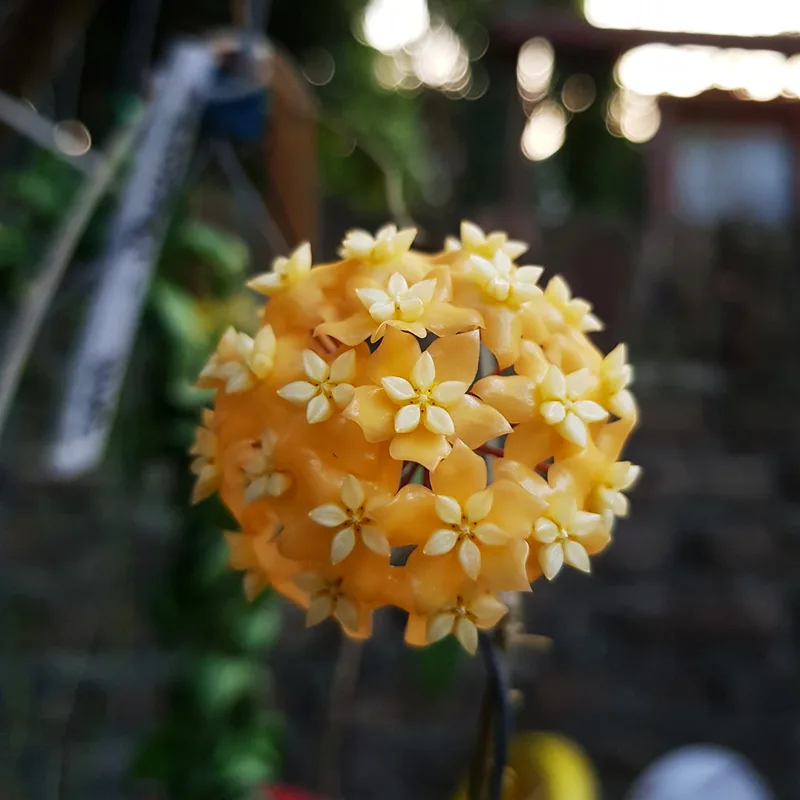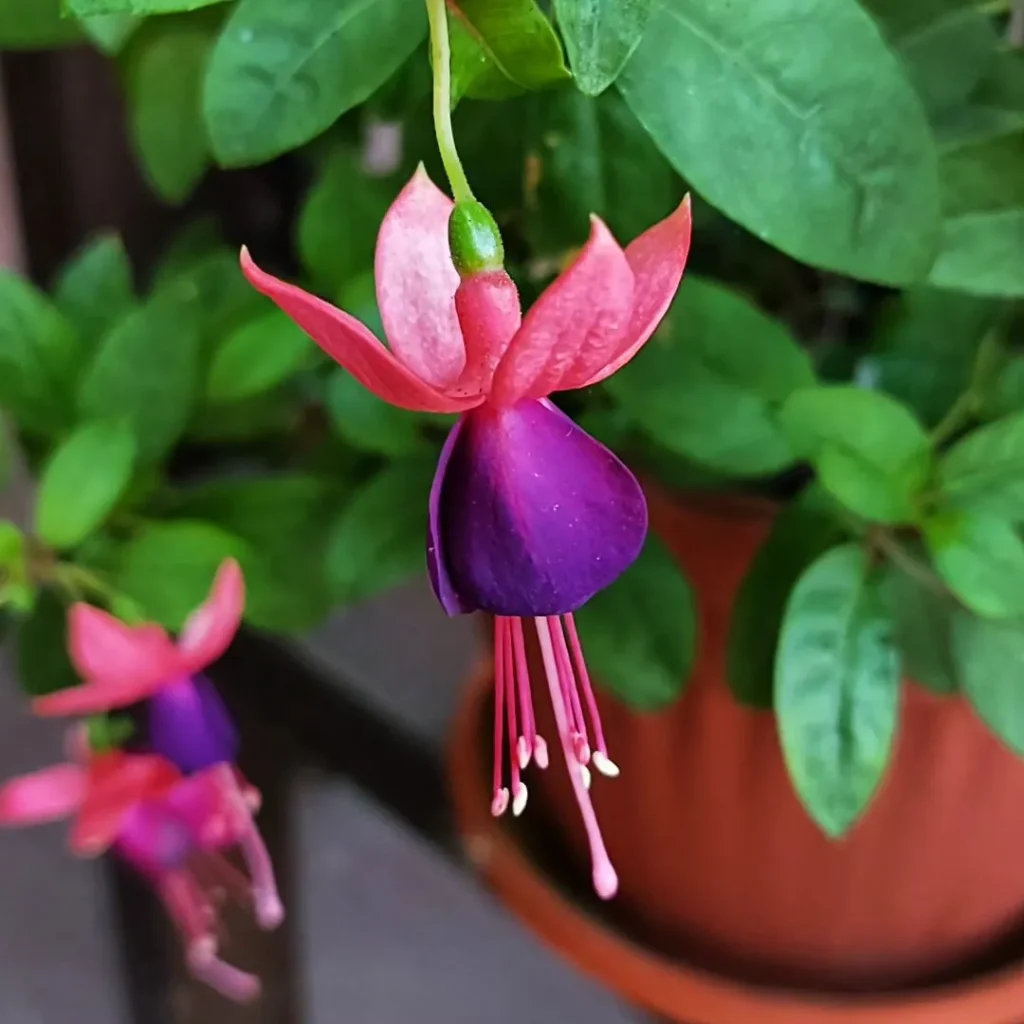Exploring the Daphniphyllaceae Family
The Daphniphyllaceae family has always intrigued me, especially because it’s not one of the first plant families that come to mind for most people. Yet, once you delve into it, you realize how unique and fascinating it is. This family consists primarily of a single genus, Daphniphyllum, which boasts a range of evergreen shrubs and trees. While it may not have a multitude of genera like some other plant families, its distinct characteristics make it worth exploring.
Understanding the Daphniphyllaceae Family
The Daphniphyllaceae family is predominantly found in East and Southeast Asia, thriving in diverse environments ranging from subtropical to temperate regions. These plants often grow in mountainous areas, which gives them a resilience and adaptability that I find quite admirable.
One of the things that first attracted me to this family is their morphological uniqueness. Unlike many other flowering plants, members of Daphniphyllaceae have leaves that are spirally arranged and lack stipules, which are small leaf-like appendages. Their leaves are leathery and glossy, giving them a striking appearance, especially when the light catches them just right. It’s as if they’re designed to stand out in the lush forests they inhabit.
The Sole Genus: Daphniphyllum
The genus Daphniphyllum is the star of the Daphniphyllaceae family. There are around 20-30 species within this genus, each with its own distinct characteristics. The most well-known among them is probably Daphniphyllum macropodum, commonly referred to as the “False Daphne.” This particular species caught my attention with its bold, evergreen foliage and its striking red petioles, which contrast beautifully against the deep green leaves.
What I find fascinating about Daphniphyllum species is their dioecious nature, meaning that individual plants are either male or female. This separation of sexes within the species creates an interesting dynamic, especially for those of us who enjoy studying plant reproductive strategies. The male plants produce catkin-like inflorescences, while the female plants bear small, berry-like drupes. These fruits are not only visually appealing but also play a crucial role in the plant’s lifecycle, attracting various birds and animals that aid in seed dispersal.
Daphniphyllum in Landscaping and Gardening
In the world of horticulture, Daphniphyllum species are not as commonly used as one might expect, considering their beauty and resilience. I believe this is due to a general lack of awareness about these plants. However, those who have discovered them often use them as ornamental shrubs or small trees in garden settings.
One of the reasons I’m drawn to using Daphniphyllum in landscaping is their adaptability. They can tolerate a range of soil conditions and are relatively low-maintenance once established. Additionally, their evergreen nature ensures that they provide year-round interest, unlike many deciduous plants that only shine for part of the year. I’ve seen them used as a backdrop to more colorful plants, and their glossy leaves provide a perfect foil for the more vibrant flowers and foliage of companion plants.
Ecological Importance of the Daphniphyllaceae Family
Beyond their aesthetic appeal, the Daphniphyllaceae family also plays a significant role in the ecosystems they inhabit. These plants often form part of the understory in forested areas, providing shelter and food for various wildlife species. The fruits of Daphniphyllum species are particularly important for birds, which help disperse the seeds over a wide area, contributing to the natural regeneration of these plants.
In a broader ecological context, the presence of Daphniphyllaceae in a forest can indicate a healthy, well-balanced environment. They are often found in biodiverse regions, coexisting with a variety of other plant and animal species. For anyone interested in conservation or ecosystem dynamics, studying this family can offer insights into the health and stability of these natural habitats.
Challenges in Cultivating Daphniphyllaceae
While I’ve praised the resilience of Daphniphyllaceae, it’s worth noting that cultivating these plants outside their native range can be challenging. They are best suited to regions that can mimic the cool, moist conditions of their natural habitat. In areas with hot, dry summers or extreme winters, they may struggle without careful attention to watering and protection from harsh conditions.
One of the key challenges I’ve encountered is finding a suitable microclimate for them. They prefer a shaded or semi-shaded location with well-drained soil. Ensuring they have adequate moisture without becoming waterlogged is crucial. Despite these challenges, I believe the effort is worthwhile for the unique beauty they bring to a garden.
Final Thoughts
Exploring the Daphniphyllaceae family has been a rewarding experience for me. Whether you’re a seasoned botanist or a casual gardener, I encourage you to take a closer look at this underappreciated family. From the striking foliage of Daphniphyllum macropodum to the ecological roles these plants play in their native habitats, there’s much to admire. As more people discover the potential of these plants in ornamental horticulture, I hope to see them gain the recognition they deserve.
If i die, water my plants!



